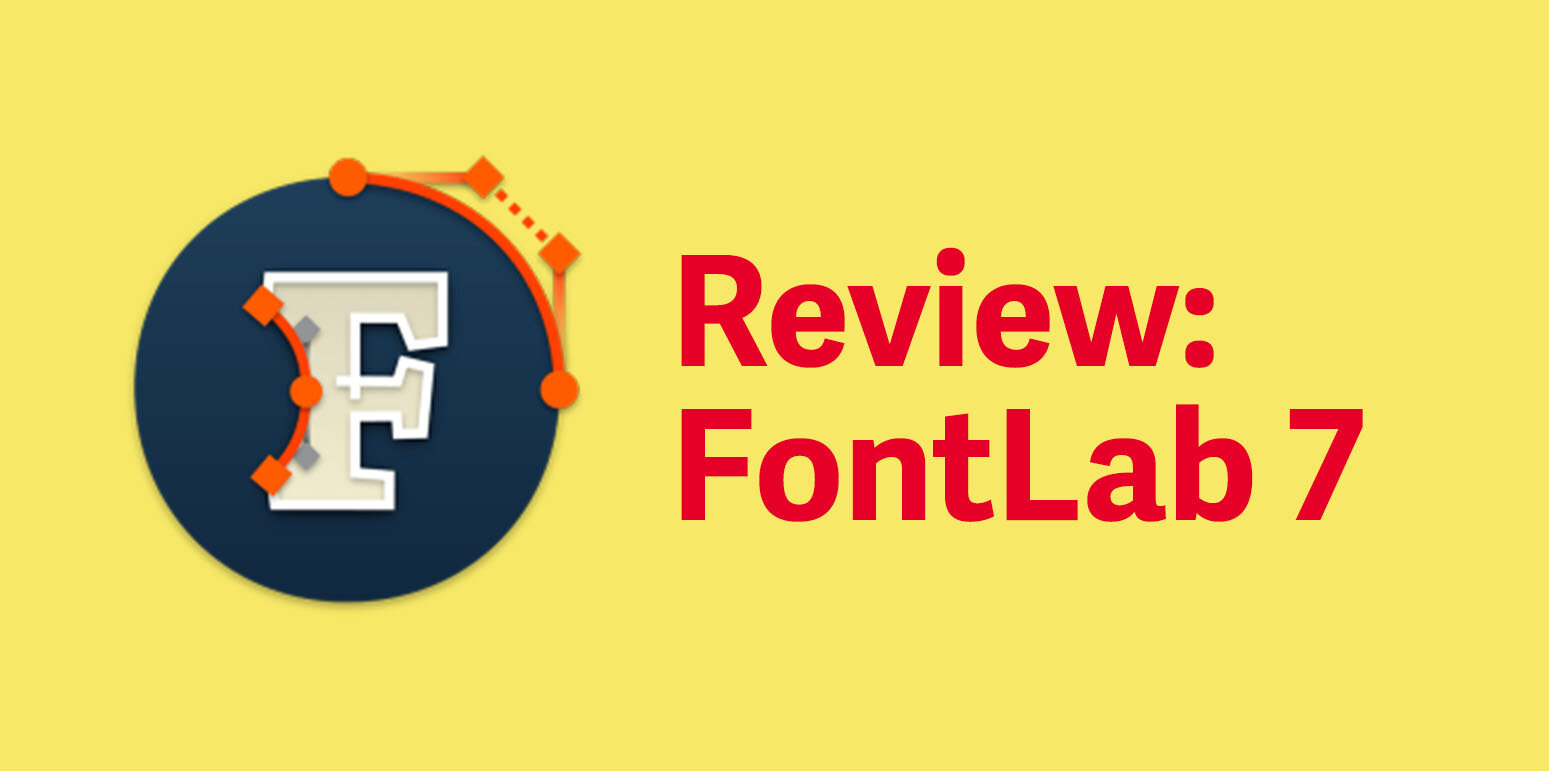Creating Bold and Light Weights
Changing the weight of your typeface can seem a daunting task, but once you begin to adding and subtracting weight you will find that it is easier than you thought. This article along with the accompanying video will offer an overview of the ideas behind adding and subtracting weight from your typeface as well as a few tips on the process that I use to when creating my light and bold weights.
When deciding a typeface I typically start designing my medium weight. This gives me the general contrast weight and width that I want for my typeface. The medium is also the most commonly used face in a font. Try and refine your medium that way when you are designing your other weights you have a solid starting point. For my other weights, I will duplicate my medium and use that as a starting point. If you have never created multiple masters I would check out this tutorial.
Creating a bold
Bold type typically has higher contrast than the medium. This means there is a greater difference between the thicks and the thicks. For example on your medium if your thicks are 100pt and the thins are 60pt on your bold the thicks might be 170pt while the thins are 30pt. So while the thicks are increasing 70pt the thins are only increasing 30pt.
The contrast increases because weight can be added horizontally but not vertically. In order to maintain a consistent x-height, ascender, and descender height you can’t expand the height of your fonts. That way if people are putting them in the same line as the regular style they align correctly. This then means that the width needs to go out horizontally.
Adding weight horizontally presents its own challenges as letters can become extended. In order to prevent your letters from becoming extended, you will need to shrink the counter shape. It is important to balance the amount that you are shrinking the counter shape and the amount the width of the character is growing. Sometimes this requires you to tweak the shape of the counter to make sure that it is still open.
Adding weight to your typeface is not an exact science and requires trial and error. It not only varies from typeface to typeface but also from letter to letter. Two-story letters (e, a, s) require walking a fine line between preserving counter shape and making sure that you aren’t making the character to wide.
Creating a light
Initially, I was more scared of making the light version than the bold, I thought it would show more flaws and require a higher degree of precision. While this is true I would argue that all typeface design requires precision so it really isn’t that different from anything else.
Creating a light version has a lot of the opposite problems as designing the bold. On bold, the contrast goes up whereas on light the contrast goes down. In the example where the thicks were 100pt and the things were 60pt in a light they might go down to 50pt and 30pt. The difference between these is only 20 pt which is half of what the difference is at the medium weight.
When creating the lightweight the problem of where the weight goes like in the bold is much more simple since you are decreasing the width. One problem to be cognizant of and avoid is making your font to condensed when you are changing it to light. Once again you will also need to make visual adjustments to the light.
When developing different weights it is important that they are supposed to be part of the same family, not be twins. So they should look similar and like they go together but they shouldn’t and can not be identical to one another. Trying to make the different weights identical will produce strange results. The proportions will be off.
Conclusion
Adjusting the weights of your fonts is something that you need to experiment and play around with. Once you begin to do it it’s much easier than it seems, and can be a lot of fun. One common mistake that a lot of people starting out making bold fonts run into is that they don’t make it bold enough. Most people are hesitant to add lots of weight when bolds actually have more weight than most people think. So remember you can always subtract weight.




In a previous article, I highlight great free fonts available for download. Unfortunately, not all of the fonts can be used for commercial projects. So here is a list of the best free fonts you can download that are free for all use case scenarios (print, digital, commercial, etc.)